
The study presented at the 2024 Association for Molecular Pathology annual meeting underscores the ability of Genomic Proximity Mapping (GPM) for novel biomarker discovery in metastatic head and neck squamous cell carcinoma
SEATTLE – November 23, 2024 –Phase Genomics, Inc., a leading innovator at the forefront of genomic technology development, today announced new data demonstrating the capability of AI-powered Genomic Proximity Mapping™ (GPM) to to identify clinically actionable genomic aberrations in head and neck squamous cell carcinoma (HNSCC). The study characterized primary tumors from metastatic and non-metastatic disease to identify potential biomarkers for the early indication of targeted therapeutic intervention in pre-metastatic HNSCC.
Brain metastasis (BM) is a particularly deadly and poorly understood secondary site in HNSCC. In this study, Phase Genomics’ Genomic Proximity Mapping platform, CytoTerra, extended high-resolution cytogenetic analysis to BM and non-BM HNSCC stored as formalin-fixed, paraffin-embedded samples (FFPE). CytoTerra identified BM-specific structural alterations in known and targetable oncogenes in primary tumors that were previously undetected in these samples. This analysis suggests early candidate biomarkers for future investigation to indicate novel treatment strategies in advance of aggressive secondary CNS lesions.
“We are extending the horizon of discovery in oncology by unlocking new types of information for solid-tumor cancers with Genomic Proximity Mapping. It’s time to understand the full topography of the genetic map for solid tumors with next-generation cytogenetics,” said Ivan Liachko, PhD, co-founder and CEO of Phase Genomics. “Not only does GPM identify structural variants at higher resolution than current cytogenetics, our platform is a faster and simpler solution that replaces multiple tools with a single, quantitative, NGS-based assay.”
Traditional cytogenetics relies on a battery of mostly visual tests to identify large-scale chromosomal alterations, including karyotyping, fluorescence in situ hybridization (FISH) and chromosomal microarrays (CMA). While these tests have been integrated into care in hematology oncology for decades, current cytogenetic diagnostics are typically not amenable to solid-tumor cancers stored as FFPE, such as HNSCC. Standard next-generation sequencing panels used in HNSCC often fail to identify structural rearrangements captured by cytogenetics.
In this newly published analysis, CytoTerra identified structural rearrangements that did not disrupt the coding gene sequences in metastatic HNSCC and were thus undetected by standard panel sequencing. Notable rearrangements involving the JAK1 and EGFR loci were observed in BM HNSCC samples, as well as a novel NRG1::FAM110B fusion. These alterations were not observed in non-BM HNSCC samples, suggesting novel biomarkers of metastatic disease for future investigation.
In another recent study published in Translational Medicine, investigators used GPM to characterize the tumor immune microenvironment for HNSCC BM lesions. While the majority of BM samples were enriched for HPV signature, analyses showed a lack of PD-L1 expression. GPM data identified gene alterations and large chromosomal changes with corresponding FDA-approved targeted therapies in other solid-tumor cancers.
“This next-generation cytogenetic approach offers new insights into the evolution of metastatic disease, offering a path to validate early biomarkers indicative of aggressive cancer,” said Ida Deichaite, PhD, assistant adjunct professor of radiation medicine and applied science at UC San Diego and director of industry relations at UCSD’s Moores Cancer Center. “The speed, efficiency and depth of insight gained from the GPM-based platform mark a critical advancement in our tooling and position it as a potential cornerstone for future translational research in the solid tumors, like this aggressive HNSCC.”
Phase Genomics shared additional insights into CytoTerra for primary and metastatic HNSCC in poster ST091, “Discovery of Biomarkers of Brain Metastasis using Genomic Proximity Mapping (GPM) on Formalin-Fixed Paraffin-Embedded Head and Neck Squamous Cell Carcinomas.” Discover more about next-generation cytogenetics powered by GPM for solid tumor cancers and connect with the Phase Genomics team at booth 1029.
CytoTerra is available for research use only and is not for use as a clinical diagnostic.
Follow Phase Genomics on LinkedIn and X for the latest company news and information.
About Phase Genomics
Phase Genomics applies proprietary ultra-long-range genome sequencing technology to enable genome assembly, microbiome discovery, as well as analysis of genomic integrity and chromosomal aberrations. In addition to a comprehensive portfolio of laboratory and computational services and products, including reagent kits and genomic services, they also offer an industry-leading genome and metagenome assembly and analysis software.
Based in Seattle, WA, the company was founded in 2015 by a team of genome scientists, software engineers, and entrepreneurs. The company’s mission is to empower scientists with genomic tools that accelerate breakthrough discoveries.

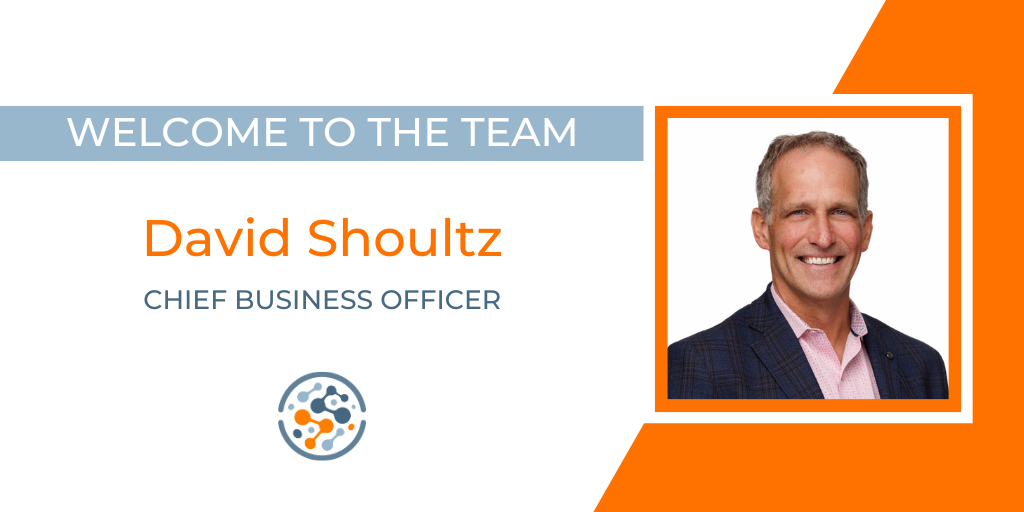

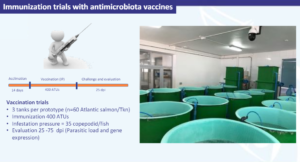

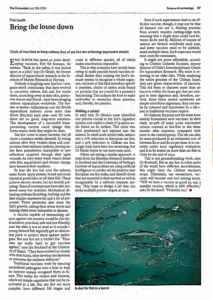


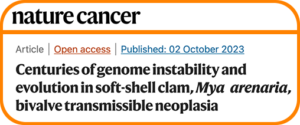
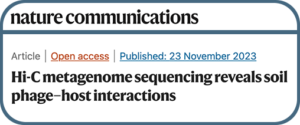
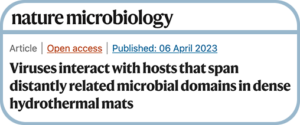
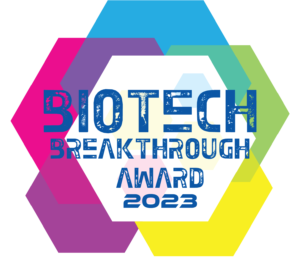
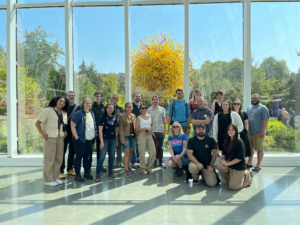


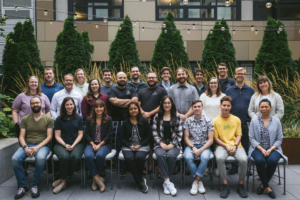


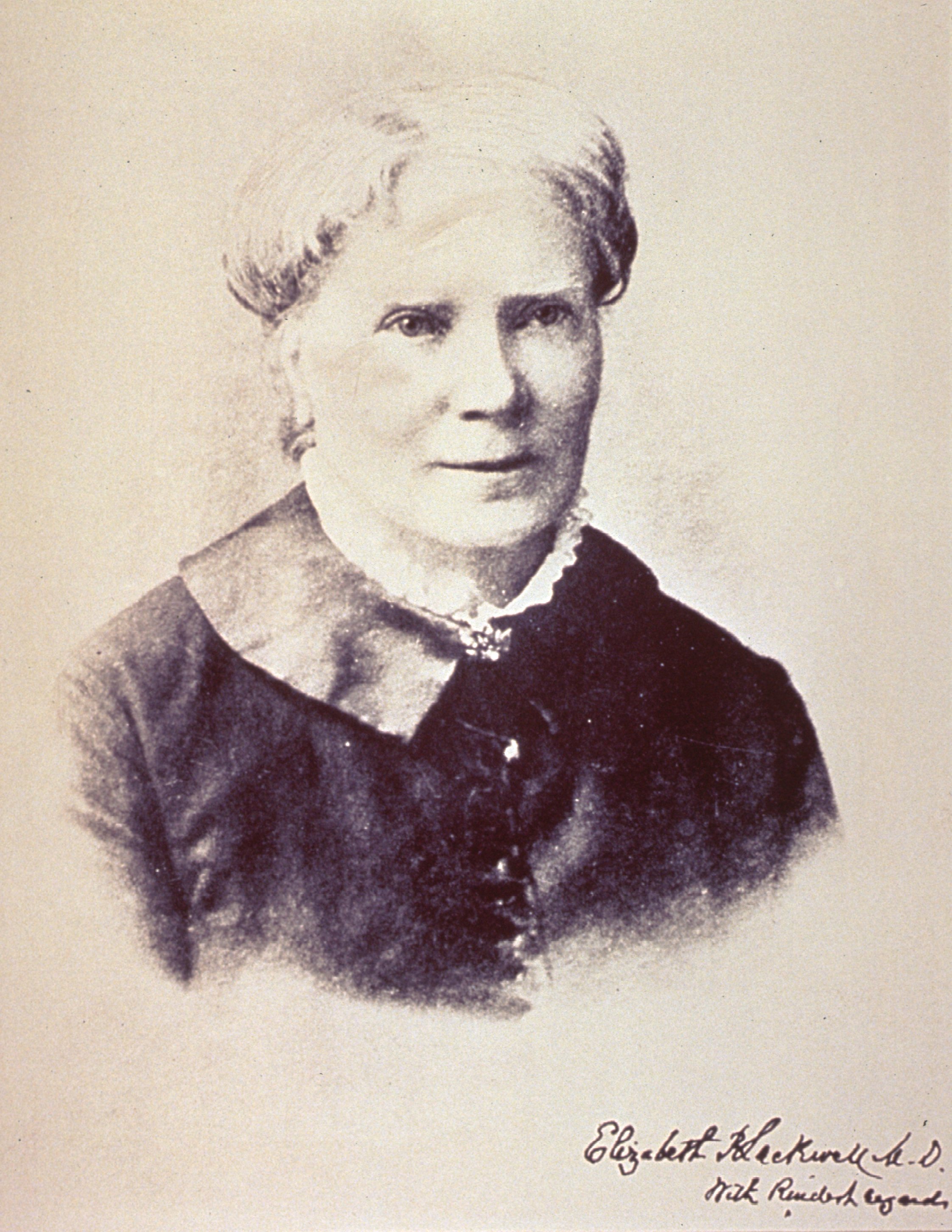

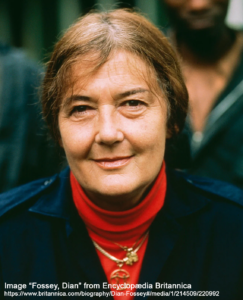



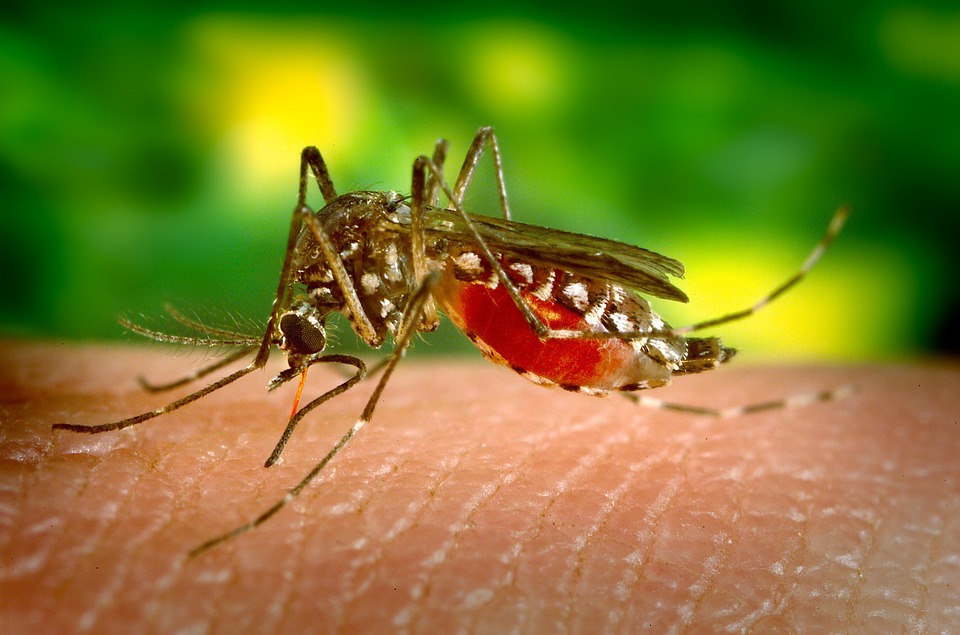

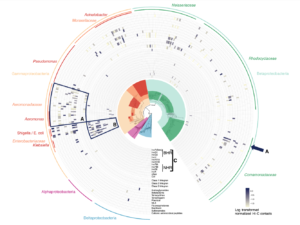
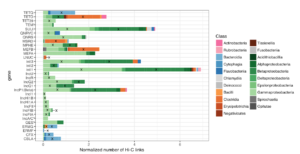

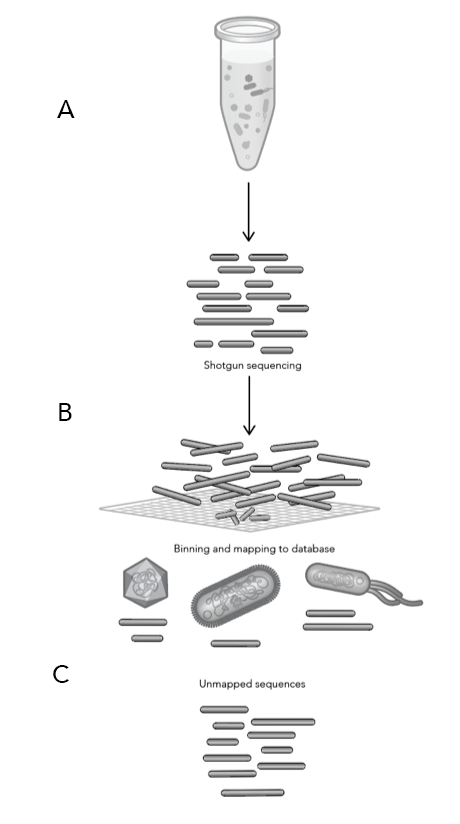

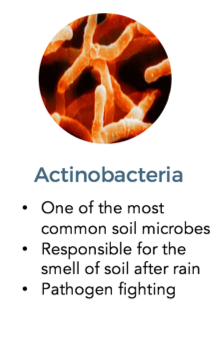
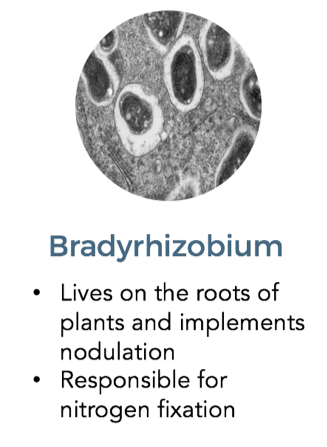
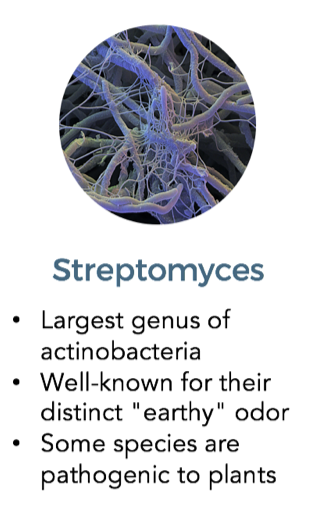

 Twitter
Twitter LinkedIn
LinkedIn Email
Email